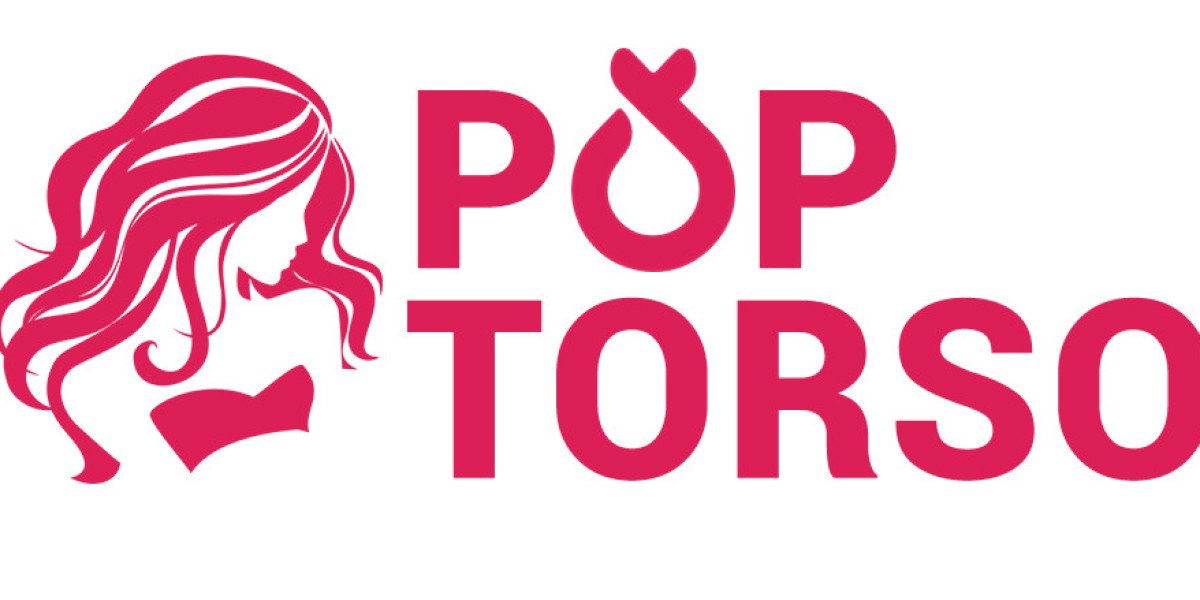In today’s fast-evolving consumer landscape, liquid packaging is more than just a container for a product; it's a vital touchpoint for brands and a key factor in maintaining product quality. From beverages to cosmetics, and even cleaning supplies, innovations in liquid packaging have made it possible to offer sustainable, efficient, and safe solutions that cater to diverse consumer needs. Here’s a look at the latest trends, innovations, and best practices that are shaping the world of liquid packaging today.
1. Sustainable Liquid Packaging: Meeting Eco-Conscious Demands
As environmental concerns become more pressing, brands are seeking sustainable packaging solutions. Traditional plastic packaging is increasingly being replaced by eco-friendly materials like recyclable plastics, bioplastics, and even paper-based solutions. Refillable packaging, where consumers can reuse containers by refilling at stations, is another innovation helping reduce waste. Such eco-conscious liquid packaging options are not only better for the environment but also appeal to modern consumers who are more mindful of their purchases’ environmental impact.
- Tip: When considering sustainable packaging, assess the recyclability and biodegradability of materials and aim to minimize excess packaging.
2. Flexible Liquid Packaging for Convenience and Functionality
Flexible packaging, like pouches, is rapidly gaining popularity in the liquid packaging industry. Pouches use fewer materials than rigid containers, making them a lightweight and space-saving option. Their flexibility also allows for easy storage and disposal, making them an ideal choice for on-the-go consumers. These packages can be equipped with resealable closures, spouts, and child-proof locks, providing both safety and convenience.
Flexible liquid packaging offers brands a chance to innovate in design while reducing transportation costs due to lighter shipments. Additionally, flexible options often use less plastic and can be designed to stand out on shelves, adding an extra layer of visual appeal.
3. Smart Packaging Technology for Enhanced User Experience
With the rise of smart technology, liquid packaging is getting a digital upgrade. Smart packaging solutions can include features like QR codes, NFC tags, and RFID technology that provide consumers with additional product information, from ingredients to traceability data. For liquid products requiring specific storage conditions, smart packaging can also integrate temperature sensors to ensure that products remain safe and effective until they reach the consumer.
By using smart packaging technology, companies are offering transparency and building trust with their customers. This trend is especially relevant for products in the healthcare and beauty industries, where consumers are more concerned about ingredient quality and product authenticity.
- Tip: Consider adding QR codes to your packaging to provide additional information and create a richer brand experience for consumers.
4. Lightweight Packaging for Cost-Efficiency
Lightweighting has become a significant trend in liquid packaging, aiming to reduce the amount of material used in containers. By making packaging lighter, companies can decrease production costs, improve transportation efficiency, and lower carbon emissions. However, the challenge is to ensure that the packaging remains durable enough to prevent leaks or damage.
Lightweight packaging materials include thin, high-barrier plastic films and multi-layered materials that offer protection against light, air, and moisture. These materials ensure product longevity while using fewer resources.
- Tip: Lightweight packaging not only reduces costs but also enhances sustainability, making it a win-win for both businesses and consumers.
5. Customizable and Ergonomic Design for Better Usability
Design is an essential aspect of liquid packaging solutions. Ergonomically designed containers provide a user-friendly experience, making it easier for consumers to handle and pour liquids without spills. Brands are also focusing on customizable packaging designs that allow them to stand out from competitors, incorporating unique shapes, colors, and finishes that reflect brand identity.
Ergonomic packaging is especially valuable for products used frequently or by various age groups, like household cleaning products. For instance, a well-designed spout or handle can make all the difference for elderly consumers or those with limited mobility.
6. Barrier Protection: Extending Product Shelf Life
One of the primary functions of liquid packaging is to maintain product integrity. Advanced barrier materials, like high-density polyethylene (HDPE) and multi-layer plastics, are designed to protect against contaminants, prevent leaks, and extend shelf life. These barriers keep liquids safe from oxygen, light, and other environmental factors that could compromise quality.
For consumables like beverages or pharmaceuticals, barrier protection is essential. New developments in barrier coatings and film technology ensure that sensitive products retain their quality over time without the need for excessive preservatives.
- Tip: Choose packaging materials that offer the right level of barrier protection for your product to enhance freshness and shelf life.
7. Automation in Liquid Packaging Production
The liquid packaging industry is increasingly adopting automation to streamline production processes. Automated machinery helps improve accuracy, reduce waste, and increase output, making it easier for companies to meet high-demand periods. Modern filling and sealing machines can now handle various liquid viscosities and container types, offering a flexible solution for manufacturers.
Automation not only enhances efficiency but also contributes to better product consistency and reduces the chances of human error, ensuring that each package meets quality standards.
8. Best Practices for Implementing Liquid Packaging Solutions
To ensure optimal performance in liquid packaging, here are some best practices to consider:
- Product Compatibility: Ensure that the packaging material is compatible with the liquid product. For example, certain liquids require specific barriers to prevent reactions.
- Quality Assurance Testing: Regularly test packaging materials for durability, leak resistance, and stability to ensure they can withstand transportation and storage.
- Regulatory Compliance: Follow local and international regulations for packaging, especially for food, pharmaceuticals, and cosmetics, to ensure consumer safety.
- User Feedback: Gather consumer feedback to identify any issues or preferences related to packaging, allowing for improvements that enhance the user experience.
Final Thoughts
The world of liquid packaging is continuously evolving, driven by consumer demand, environmental concerns, and technological advancements. By investing in innovative solutions, brands can enhance product safety, improve sustainability, and provide a better experience for consumers. As companies continue to prioritize these areas, the future of liquid packaging will be shaped by designs and technologies that balance functionality, sustainability, and convenience.
Liquid packaging has come a long way, and it’s clear that the innovations in this field will keep flowing, sealing the deal with consumers by meeting their needs in new and exciting ways.








